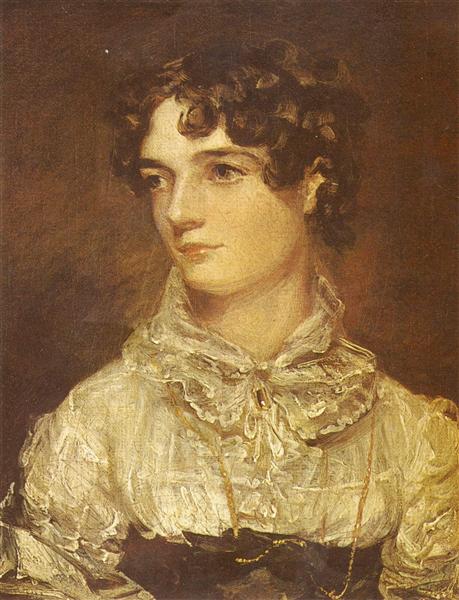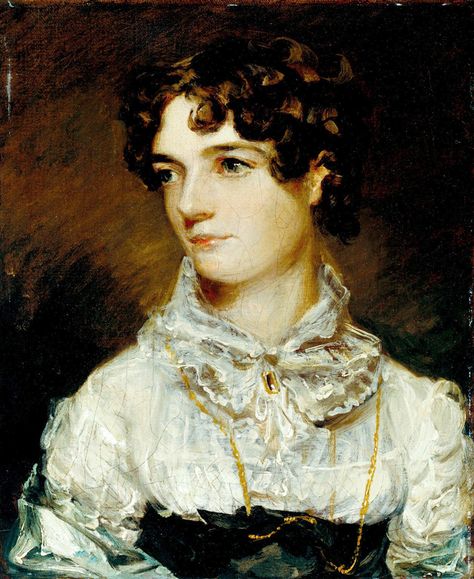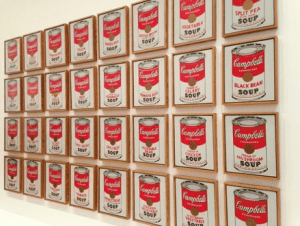While the name John Constable immediately conjures images of rolling English landscapes and dramatic, cloud-filled skies, one of his most powerful and revealing works is far more intimate. Painted in 1816, the Portrait of Maria Bicknell is not a sweeping vista, but a tender, close-up glimpse into the artist’s heart. This small canvas, rich with emotion, tells a story of love, patience, and artistic devotion.
Currently housed at Tate Britain in London, this masterpiece of the Romanticism era offers a personal counterpoint to Constable’s famous public works, revealing the woman who was his muse and greatest love.

Portrait of Maria Bicknell
The Subject: Who Was Maria Bicknell?
To understand this painting, one must first understand the love story behind it. Maria Bicknell (1788-1828) was John Constable’s childhood friend and the love of his life. Their relationship, however, was fraught with difficulty. Maria’s family, particularly her grandfather, the wealthy Rector of East Bergholt, strongly disapproved of the match. He saw Constable as a humble painter with poor financial prospects and deemed him an unsuitable husband for his granddaughter.
For seven long years, the couple maintained a devoted and often secret courtship, exchanging countless letters that document their unwavering commitment. The Portrait of Maria Bicknell was painted in 1816, the very year that circumstances finally allowed them to marry. It is, therefore, more than just a likeness; it is a celebration of a hard-won love.
Artistic Analysis: A Tender and Intimate Gaze
Unlike the formal, status-driven portraits common in the era, Constable’s depiction of Maria is deeply personal and emotionally resonant.
Style and Mood: While firmly rooted in the Romantic style, the painting’s power comes from its quiet intimacy. Constable employs a soft, focused light that illuminates Maria’s face against a dark, undefined background. This use of chiaroscuro creates a sense of closeness, as if we are sharing a private moment with her.
Composition and Brushwork: The composition is tightly cropped, focusing entirely on Maria’s head and shoulders. This forces the viewer to engage directly with her gentle, intelligent expression. Her gaze is not aimed at a distant point but seems to connect directly with the artist—and by extension, with us. Constable’s brushwork is fluid and expressive, particularly in the soft curls of her dark hair and the delicate lace of her collar, lending a sense of life and immediacy to the portrait.
A Portrait of Affection: There is no grand scenery or symbolic props. The subject is simply Maria herself. Her rosy cheeks, thoughtful eyes, and the slight hint of a smile convey a personality of warmth and serenity. Constable wasn’t just painting a subject; he was painting the woman he had loved for years and was finally about to marry. Every brushstroke feels guided by affection.
A Pivotal Year: 1816
The year 1816 was a turning point for John Constable. The death of his father granted him the financial independence he needed to defy Maria’s family and finally marry her. They wed in October 1816, with this beautiful portrait serving as an emblem of their union. It stands as a testament to their enduring love, a deeply personal memento created at the dawn of their new life together.
Painting Details at a Glance
Artist: John Constable (1776-1837)
Title: Portrait of Maria Bicknell
Date: 1816
Medium: Oil on canvas
Style: Romanticism
Genre: Portrait
Dimensions: 30 x 25 cm (11.8 x 9.8 in)
Location: Tate Britain, London, UK
Visiting the Portrait at Tate Britain
To truly appreciate the delicate beauty and emotional weight of this painting, it is best seen in person. The Portrait of Maria Bicknell is part of the permanent collection at Tate Britain in Millbank, London. While Constable’s monumental landscapes command attention, seek out this small, quiet canvas to discover a different side of the great British artist. Always be sure to check the official Tate website for opening hours and to confirm the artwork is on display before your visit.
Summary
John Constable’s Portrait of Maria Bicknell is a powerful reminder that the most profound art often comes from the deepest personal experiences. It is a quiet masterpiece that speaks volumes about love, defiance, and the human connection that inspires creativity. Far from the windswept fields of Suffolk, this intimate portrait is a window into the soul of one of Britain’s greatest painters.
Recommend0 recommendationsPublished in Art History, Artworks







Responses